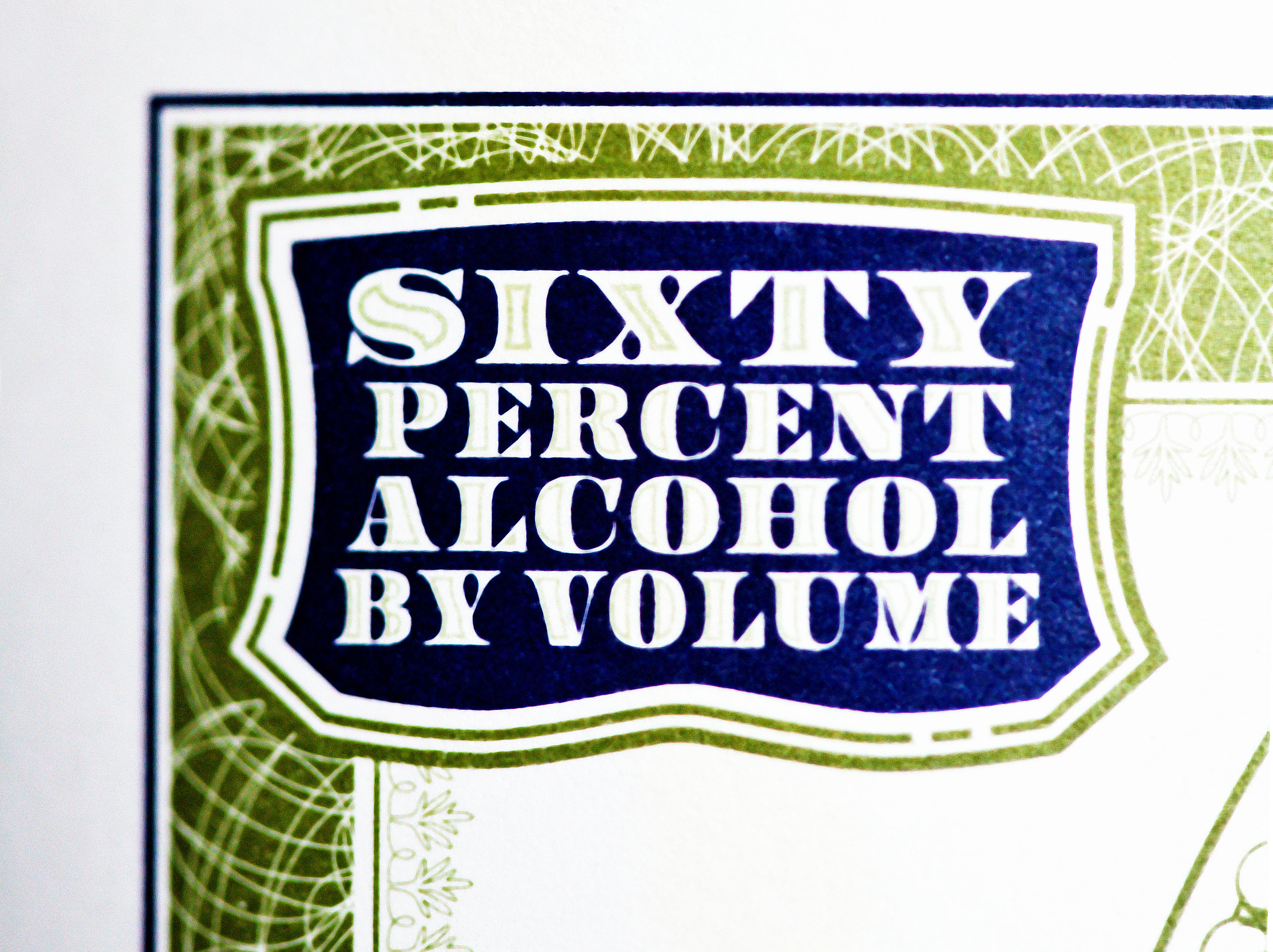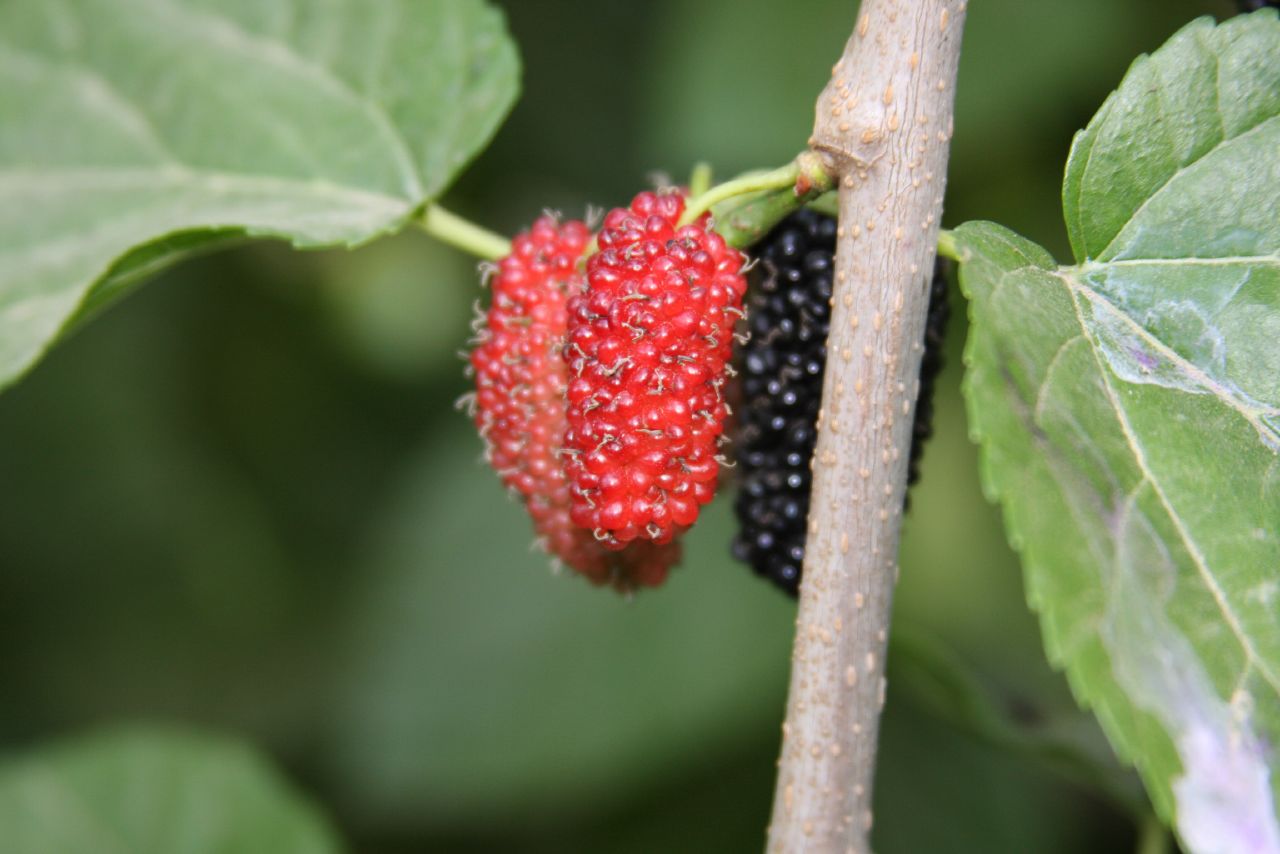|
Țuică
Țuică () is a traditional Romanian Distilled beverage, spirit that contains ~ 24–86% alcohol by volume (usually 40–55%), prepared only from plums. Other spirits that are produced from other fruit or from a cereal grain are called "rachiu" or "rachie". ''Țuică'' is also the foundational element for creating the traditional Romanian ''vinars'' from different spirited fruits. In 2013, Romania produced of țuică. It is considered Romania's List of national drinks, national drink. Preparation Traditionally, țuică is prepared from early summer (after winemaking is complete). The plums must be left for fermentation (''macerare'') for 6–8 weeks, in large barrels (''butoaie'' or ''căldări'' or ''putini''). Plums are the most commonly used and widely marketed fruit in this context. Historically, and even in the present day, their consumption has been more prevalent in urban areas, where they are often used to make jams, kompot, or eaten fresh. However, in rural towns and ... [...More Info...] [...Related Items...] OR: [Wikipedia] [Google] [Baidu] |
Alcohol By Volume
Alcohol by volume (abbreviated as alc/vol or ABV) is a common measure of the amount of Alcohol (drug), alcohol contained in a given alcoholic beverage. It is defined as the volume the ethanol in the liquid would take if separated from the rest of the solution, divided by the volume of the solution, both at . Pure ethanol is lighter than water, with a density of . The alc/vol standard is used worldwide. The International Organization of Legal Metrology has ethanol (data page)#Properties of aqueous ethanol solutions, tables of density of water–ethanol mixtures at different concentrations and temperatures. In some countries, e.g. France, alcohol by volume is often referred to as degrees Gay-Lussac (after the French chemist Joseph Louis Gay-Lussac), although there is a slight difference since the Gay-Lussac convention uses the International Standard Atmosphere value for temperature, . Volume change Mixing two solutions of alcohol of different strengths usually causes a change in ... [...More Info...] [...Related Items...] OR: [Wikipedia] [Google] [Baidu] |
List Of National Drinks
A national drink is a distinct beverage that is strongly associated with a particular country, and can be part of their national identity and self-image. These drinks can be either alcoholic drink, alcoholic or Non-alcoholic drink, non-alcoholic. Alcoholic national drinks might be spirits consumed straight (like vodka in Russia), but more often, they are mixed drinks (such as caipirinhas in Brazil and Singapore sling, Singapore Slings in Singapore), beer, or wine. Non-alcoholic national drinks include Coca-Cola in the United States, Bubble tea, boba tea in Taiwan, and Thai tea, Thai iced tea in Thailand. Several factors can qualify a beverage as a national drink: * Regional Ingredients and Popularity: The drink is made from locally sourced ingredients and is commonly consumed, such as Lassi, mango lassi in India, which uses Dahi (curd), dahi, a traditional yogurt. * Unique Local Ingredients: The beverage contains an exotic ingredient that is unique to the region. * Cultural Trad ... [...More Info...] [...Related Items...] OR: [Wikipedia] [Google] [Baidu] |
Mulberry
''Morus'', a genus of flowering plants in the family Moraceae, consists of 19 species of deciduous trees commonly known as mulberries, growing wild and under cultivation in many temperate world regions. Generally, the genus has 64 subordinate taxa, though the three most common are referred to as white, red, and black, originating from the color of their dormant buds and not necessarily the fruit color (''Morus alba'', '' M. rubra'', and '' M. nigra'', respectively), with numerous cultivars and some taxa currently unchecked and awaiting taxonomic scrutiny. ''M. alba'' is native to South Asia, but is widely distributed across Europe, Southern Africa, South America, and North America. ''M. alba'' is also the species most preferred by the silkworm. It is regarded as an invasive species in Brazil, the United States and some states of Australia. The closely related genus '' Broussonetia'' is also commonly known as mulberry, notably the paper mulberry (''Brouss ... [...More Info...] [...Related Items...] OR: [Wikipedia] [Google] [Baidu] |
Morus (plant)
''Morus'', a genus of flowering plants in the family Moraceae, consists of 19 species of deciduous trees commonly known as mulberries, growing wild and under cultivation in many temperate world regions. Generally, the genus has 64 subordinate taxa, though the three most common are referred to as white, red, and black, originating from the color of their dormant buds and not necessarily the fruit color (''Morus alba'', '' M. rubra'', and '' M. nigra'', respectively), with numerous cultivars and some taxa currently unchecked and awaiting taxonomic scrutiny. ''M. alba'' is native to South Asia, but is widely distributed across Europe, Southern Africa, South America, and North America. ''M. alba'' is also the species most preferred by the silkworm. It is regarded as an invasive species in Brazil, the United States and some states of Australia. The closely related genus '' Broussonetia'' is also commonly known as mulberry, notably the paper mulberry (''Brousso ... [...More Info...] [...Related Items...] OR: [Wikipedia] [Google] [Baidu] |
Fruit Brandy
Fruit brandy (or fruit spirit) is a distilled beverage produced from mash, juice, wine or residues of edible fruits. The term covers a broad class of spirits produced across the world, and typically excludes beverages made from grapes, which are referred to as plain brandy (when made from distillation from wine) or pomace brandy (when made directly from grape pomace). Apples, pears, apricots, plums and cherries are the most commonly used fruits. Definition According to a legal definition in the United States, a "fruit brandy" is distilled "solely from the fermented juice or mash of whole, sound, ripe fruit, or from standard grape, citrus, or other fruit wine, with or without the addition of not more than 20 percent by weight of the pomace of such juice or wine, or 30 percent by volume of the lees of such wine, or both." In the European Union, fruit spirits may not be labeled as "fruit brandy"; instead, the legal English denomination is fruit spirit, which is "produced exclusiv ... [...More Info...] [...Related Items...] OR: [Wikipedia] [Google] [Baidu] |
Romania
Romania is a country located at the crossroads of Central Europe, Central, Eastern Europe, Eastern and Southeast Europe. It borders Ukraine to the north and east, Hungary to the west, Serbia to the southwest, Bulgaria to the south, Moldova to the east, and the Black Sea to the southeast. It has a mainly continental climate, and an area of with a population of 19 million people. Romania is the List of European countries by area, twelfth-largest country in Europe and the List of European Union member states by population, sixth-most populous member state of the European Union. Europe's second-longest river, the Danube, empties into the Danube Delta in the southeast of the country. The Carpathian Mountains cross Romania from the north to the southwest and include Moldoveanu Peak, at an altitude of . Bucharest is the country's Bucharest metropolitan area, largest urban area and Economy of Romania, financial centre. Other major urban centers, urban areas include Cluj-Napoca, Timi»ô ... [...More Info...] [...Related Items...] OR: [Wikipedia] [Google] [Baidu] |
P√°linka
Pálinka () is a traditional fruit spirit (or fruit brandy) with origins in the medieval Hungary, known under several names. Protected as a geographical indication of the European Union, only fruit spirits mashed, distilled, matured and bottled in Hungary and similar apricot spirits from four provinces of Austria can be called "''pálinka''", while ''"Tótpálinka"'' refers to wheat-derived beverages. Törkölypálinka, a different product in the legal sense, is a similarly protected pomace spirit that is commonly included with pálinka. While pálinka may be made of any locally grown fruit, the most common ones are plums, apricots, apples, pears, and cherries. A similar product exists in the Czech Republic and Slovakia where it is known as pálenka, and in Romania (Transylvania), Italy, and Greece under the name ''palincă''. In Turkey it is known as Boğma. Etymology The words ''pálinka'' (in Hungarian), ''pálenka'' (Czech and Slovak), and ''pălincă'' (Romanian) derive ... [...More Info...] [...Related Items...] OR: [Wikipedia] [Google] [Baidu] |
European Union
The European Union (EU) is a supranational union, supranational political union, political and economic union of Member state of the European Union, member states that are Geography of the European Union, located primarily in Europe. The union has a total area of and an estimated population of over 449million as of 2024. The EU is often described as a ''sui generis'' political entity combining characteristics of both a federation and a confederation. Containing 5.5% of the world population in 2023, EU member states generated a nominal gross domestic product (GDP) of around €17.935 trillion in 2024, accounting for approximately one sixth of global economic output. Its cornerstone, the European Union Customs Union, Customs Union, paved the way to establishing European Single Market, an internal single market based on standardised European Union law, legal framework and legislation that applies in all member states in those matters, and only those matters, where the states ... [...More Info...] [...Related Items...] OR: [Wikipedia] [Google] [Baidu] |
Agriculture In Romania
Romania has an agricultural capacity of approximately 9.38 million are used as arable land. In 2008, an evaluation revealed that 6.8 million hectares are not used.6,8 milioane de hectare agricole nu sunt lucrate standard.ro, Retrieved 6 May 2009 In 2018, Romania was the third biggest agricultural producer of the EU and produced the largest amount of . Agriculture summed up about 4.3% of in 2019, down from 12.6% in 2004. As of 2017, 25.8% of the Romani ... [...More Info...] [...Related Items...] OR: [Wikipedia] [Google] [Baidu] |
Litre
The litre ( Commonwealth spelling) or liter ( American spelling) (SI symbols L and l, other symbol used: ℓ) is a metric unit of volume. It is equal to 1 cubic decimetre (dm3), 1000 cubic centimetres (cm3) or 0.001 cubic metres (m3). A cubic decimetre (or litre) occupies a volume of (see figure) and is thus equal to one-thousandth of a cubic metre. The original French metric system used the litre as a base unit. The word ''litre'' is derived from an older French unit, the '' litron'', whose name came from Byzantine Greek—where it was a unit of weight, not volume—via Late Medieval Latin, and which equalled approximately 0.831 litres. The litre was also used in several subsequent versions of the metric system and is accepted for use with the SI, despite it not being an SI unit The International System of Units, internationally known by the abbreviation SI (from French ), is the modern form of the metric system and the world's most widely used system of unit ... [...More Info...] [...Related Items...] OR: [Wikipedia] [Google] [Baidu] |
A Shot Of Țuică For Orthodox Easter In Sighetu Marmației, Maramureș
A, or a, is the first letter and the first vowel letter of the Latin alphabet, used in the modern English alphabet, and others worldwide. Its name in English is '' a'' (pronounced ), plural ''aes''. It is similar in shape to the Ancient Greek letter alpha, from which it derives. The uppercase version consists of the two slanting sides of a triangle, crossed in the middle by a horizontal bar. The lowercase version is often written in one of two forms: the double-storey and single-storey . The latter is commonly used in handwriting and fonts based on it, especially fonts intended to be read by children, and is also found in italic type. In English, '' a'' is the indefinite article, with the alternative form ''an''. Name In English, the name of the letter is the ''long A'' sound, pronounced . Its name in most other languages matches the letter's pronunciation in open syllables. History The earliest known ancestor of A is ''aleph''—the first letter of the Phoenician ... [...More Info...] [...Related Items...] OR: [Wikipedia] [Google] [Baidu] |




